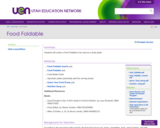
In this lesson students will create a Food Foldable to be used as a study guide.
- Subject:
- Life Science
- Nutrition
- Material Type:
- Lesson Plan
- Provider:
- Utah Education Network
- Date Added:
- 07/14/2021

In this lesson students will create a Food Foldable to be used as a study guide.
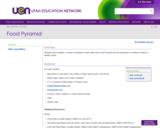
In this lesson students will complete a variety of activities to learn about the Food Pyramid and the importance of eating a variety of healthy foods.
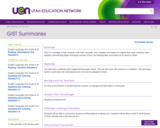
GIST is a strategy to help students write brief, accurate, and complete summaries of material they read. In this lesson students work together summarizing larger and larger portions of text, but keeping their summaries at 25 words or fewer. Students will be able to summarize portions of informational or literary text. Students will be able to work in small groups to think critically about and discuss text.
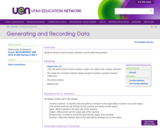
In this lesson students will learn about function machines and the data they generate.
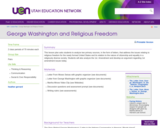
This lesson plan asks students to analyze two primary sources, in the form of letters, that address the issues relating to religious freedom for the newly formed United States and its relation to the nature of citizenship and equality in a religiously diverse society. Students will also analyze the 1st. Amendment and develop an argument regarding 1st amendment issues today.
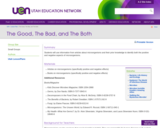
In this lesson students will use information from articles about microorganisms and their prior knowledge to identify both the positive and negative aspects of microorganisms.
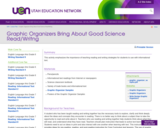
This activity emphasizes the importance of teaching reading and writing strategies for students to use with informational text.
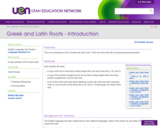
This is an introductory unit on Greek and Latin roots. There are three lists with accompanying learning tasks.
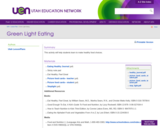
This activity will help students learn to make healthy food choices.
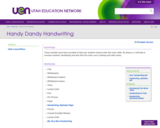
These activities have been provided to help your students improve their fine motor skills. By doing so, it will help to increase students' handwriting and also their fine motor use in painting and other areas.

In this lesson students will learn about germs and how they spread. They will learn the proper steps to hand washing and preventing the spreading of germs.
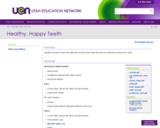
In this lesson students will learn about the right way to brush their teeth and why its important to keep them clean.
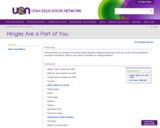
These activities are designed to promote writing readiness addressing dominate hand use, small muscle development, eye-hand coordination, ability to copy, and an orientation to reading readiness.
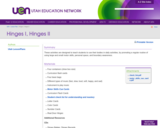
These activities are designed to teach students to use their bodies in daily activities, by promoting a regular routine of using large and small motor skills, personal space, and boundary awareness.
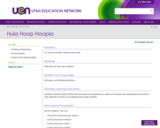
This lesson includes various activities using the hula hoop.
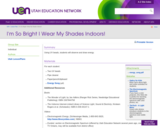
In this lesson students will use UV beads to observe and draw energy. Students will describe how light can be produced, reflected, refracted, and separated into visible light of various colors.
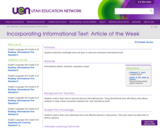
In this lesson students build their knowledge base and learn to read and summarize informational texts. Students will be able to read and summarize informational text, identify key details from surprising details, and recognize the main ideas/concepts presented in articles. They will also be able to listen, take notes, and discuss the issues presented in informational texts with a small group.
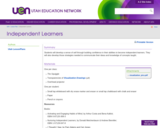
In this lesson students will develop a sense of self through building confidence in their abilities to become independent learners. They will also develop those strategies needed to communicate their ideas and knowledge of concepts taught.

The lesson provides an opportunity for students to not only read and view the importance of choosing career choices now, but gives them an opportunity to write about their future career goals and think about the best way to achieve them starting now.
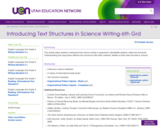
This activity helps students understand that science writing is organized in identifiable patterns called text structures. Understanding and using these different text structures help refine students abilities to both read and write in science.